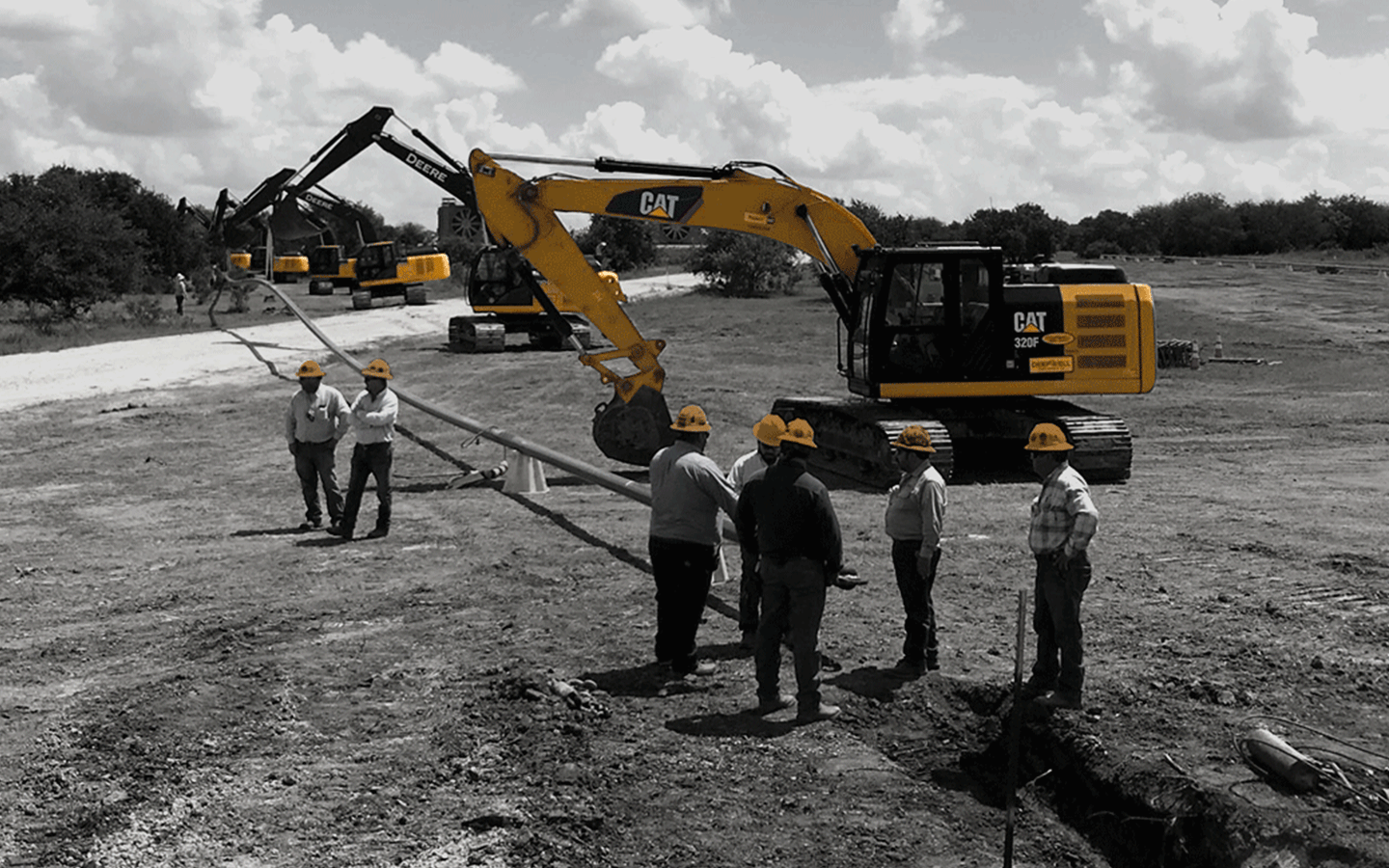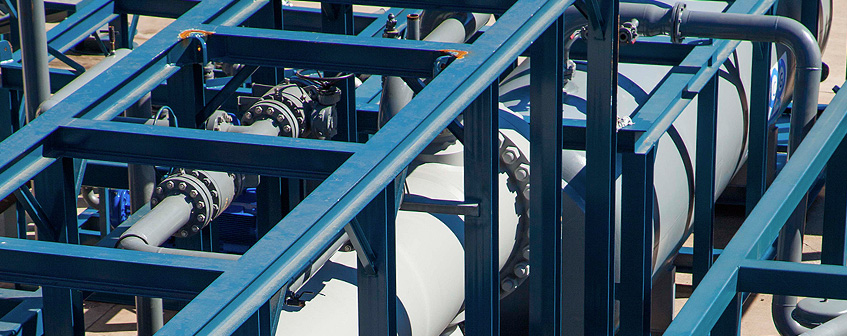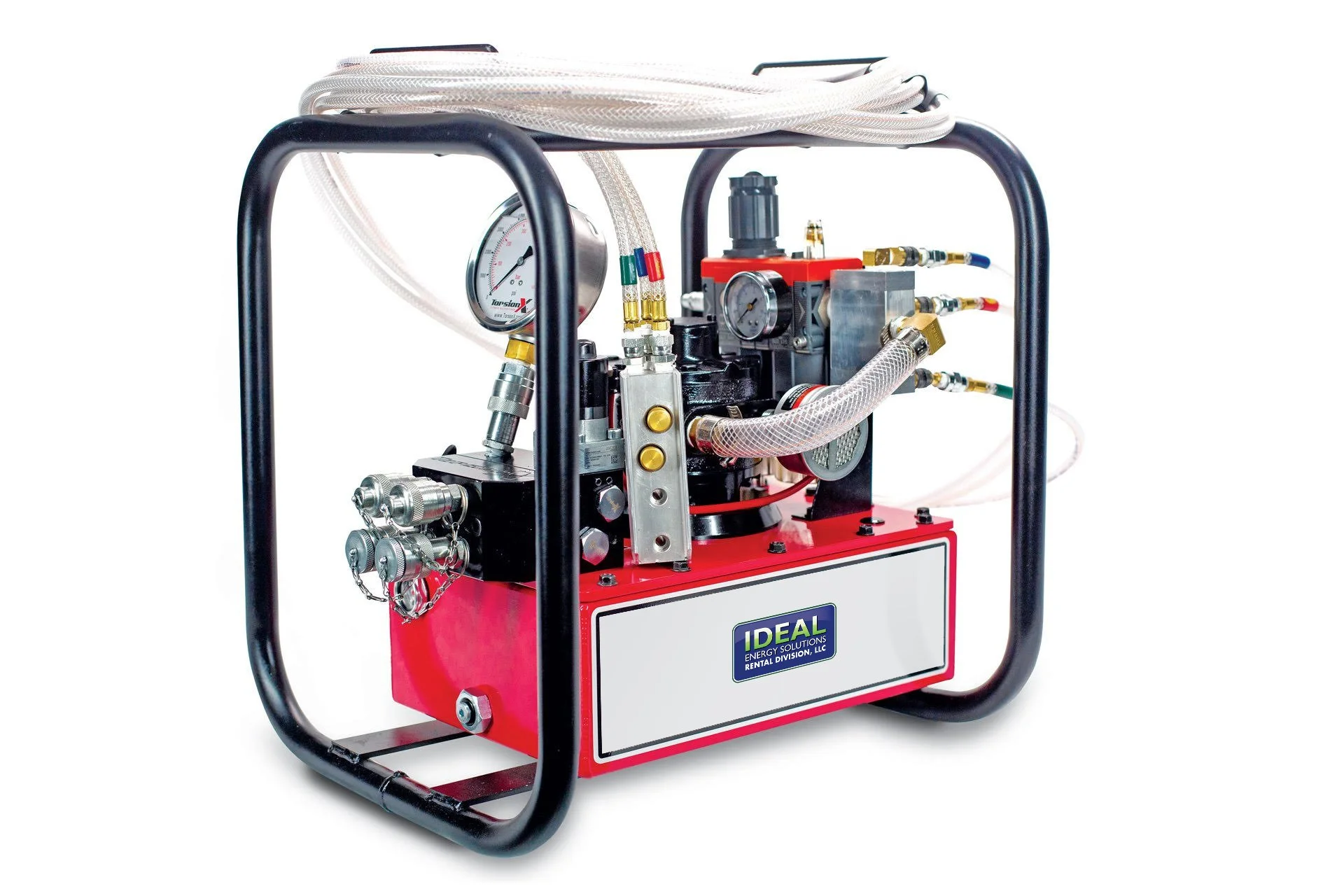Superior Rentals Contact: direct communication options
A Comprehensive Overview to the Various Types of Oil Field Equipment and Pipeline Equipment Available
The oil and gas industry relies heavily on specialized equipment for efficient extraction and transportation. Various types of machinery, from piercing rigs to storage space containers, play essential duties in this complex procedure. Each tool offers unique functions that add to overall operational success. Understanding these components is vital for anybody included in the industry. As the sector develops, so too do the technologies that sustain it. What improvements are on the horizon?

Drilling Rigs: The Backbone of Oil Expedition
Drilling rigs act as the necessary equipment in the domain name of oil expedition, enabling firms to accessibility hydrocarbon books buried deep under the Earth's surface. These rigs are available in numerous types, consisting of land rigs, offshore rigs, and mobile units, each made to run in particular settings. Geared up with sophisticated modern technology, drilling rigs can penetrate geological developments with accuracy, ensuring reliable resource extraction. The structural honesty and functional capacities of these rigs are vital, as they have to withstand extreme problems and significant stress. Moreover, the option of a boring gear affects the total task price and timeline, making it a vital factor to consider for oil firms looking for to maximize their expedition initiatives and take full advantage of efficiency in their operations.
Pumps: Important for Fluid Activity
In the oil removal procedure, the function of pumps is significant, helping with the activity of liquids throughout numerous stages of production. Pumps are important for transferring petroleum, water, and various other fluids from underground reservoirs to the surface and afterwards through pipes to refineries. They can be found in different types, consisting of centrifugal, favorable displacement, and completely submersible pumps, each offering particular purposes based upon the liquid qualities and functional demands. Centrifugal pumps are typically used for their performance in high-flow applications, while positive variation pumps stand out in dealing with viscous liquids. The choice of pump impacts total efficiency, functional security, and upkeep expenses. Appropriate option and maintenance of pumps are vital for enhancing production and lessening downtime in oil field procedures.
Shutoffs: Managing Flow and Pressure

Valves play an essential function in taking care of the circulation and pressure of fluids within oil fields and pipelines. Different kinds of shutoffs serve distinct applications, each designed to satisfy particular functions essential for efficient operation - Superior rentals squeeze tools. Comprehending the attributes and usages of these shutoffs is necessary for enhancing system efficiency and safety and security
Kinds of Valves
Crucial parts in oil area procedures, shutoffs play a critical duty in regulating the circulation and stress of fluids within pipelines and equipment. Various kinds of shutoffs are made use of to satisfy the diverse needs of oil and gas production. Usual kinds consist of entrance valves, which provide a straight-line circulation and marginal stress decrease; globe shutoffs, known for their throttling capabilities; and round shutoffs, acknowledged for their quick on/off control. In addition, check shutoffs stop backflow, while butterfly shutoffs supply a light-weight option for controling circulation. Each shutoff type is designed with details materials and configurations to withstand the rough conditions typically found in oil areas, making sure dependability and performance in procedures. Understanding these kinds is vital for effective system monitoring.
Valve Applications and Functions
While numerous sorts of valves offer unique objectives, their main applications focus on managing circulation and pressure within oil and gas systems. Shutoffs such as gate, world, and sphere shutoffs regulate liquid movement, ensuring peak performance and safety and security. Gate valves are commonly used for on/off control, providing very little circulation resistance. Globe shutoffs, on the various other hand, offer exact flow law, making them suitable for strangling applications. Round valves are favored for their quick procedure and limited securing capabilities. On top of that, stress safety valve are important for stopping system overpressure, guarding equipment stability. On the whole, the suitable choice and application of shutoffs enhance operational effectiveness, making certain the dependable transportation of oil and gas via pipes and processing facilities.
Compressors: Enhancing Gas Transport
Compressors play a critical role in the effective transportation of gas, guaranteeing that it moves efficiently with pipes over fars away. These gadgets enhance the pressure of gas, allowing it to get rid of rubbing and altitude changes within the pipeline system. Additionally, compressors help with the harmonizing of supply and need, suiting variations in intake and manufacturing prices. Numerous kinds of compressors are used in the sector, consisting of centrifugal, reciprocating, and rotating screw compressors, each offering distinct advantages Read Full Article based on the operational requirements. Normal upkeep of these compressors is important to make best use of performance and decrease downtime, inevitably adding to a trustworthy gas transportation network. Their vital function underscores the importance of compressors in the total oil and gas framework.
Storage Tanks: Safe and Reliable Fluid Management
Effective transportation of gas relies upon numerous support group, one of which is the correct administration of tank. These containers play a necessary function in safely consisting of fluids, making sure that operational efficiency is kept while lessening environmental threats. Built from durable products, they are designed to endure high stress and corrosive aspects. Appropriately sized and strategically situated, tank help with the smooth circulation of natural gas and various other fluids, protecting against traffic jams in supply chains. Regular upkeep and monitoring are imperative to find leaks or architectural issues, advertising safety and conformity with regulatory requirements. Ultimately, the efficient monitoring of storage containers is crucial for the general honesty and reliability of the oil and gas sector's liquid handling systems.
Pipeline Systems: Framework for Transportation
Pipeline systems offer as the backbone of the oil and gas sector, helping with the efficient transport of hydrocarbons over large ranges. These systems consist of different elements, consisting of pipes, valves, pumps, and compressors, all thoroughly created to guarantee seamless flow. The materials used in pipeline building, often steel or high-density polyethylene, are chosen for durability and resistance to corrosion. Pipeline networks can span across land and water, linking manufacturing websites to refineries and circulation. In addition, progressed innovation enables real-time surveillance of circulation rates and stress levels, improving functional efficiency. The calculated positioning of these pipelines reduces ecological influence while making the most of source availability, thereby playing a necessary duty in conference power demands internationally.
Security Equipment: Making Sure Worker and Environmental Management
The procedure of pipeline systems, while important for energy transport, additionally provides considerable security difficulties for workers and the environment. Safety and security tools plays a substantial function in reducing these dangers. Personal read the full info here safety devices (PPE) such as safety helmets, gloves, and non-slip shoes safeguards employees from physical dangers. Furthermore, gas detection systems check for leakages, guaranteeing that dangerous compounds do not position a threat to workers or the surrounding community. Emergency closure systems are critical for swiftly see post halting procedures during a crisis, stopping potential calamities. Spill containment materials, including absorbents and barriers, are essential for minimizing ecological impact. On the whole, purchasing all-encompassing security equipment is important for preserving functional stability and shielding both workers and the setting in the oil and gas industry.

Regularly Asked Questions
Just how Do I Select the Right Oil Field Equipment for My Job?
Selecting the best oil field devices includes assessing job specs, budget plan constraints, and operational requirements. Consider factors such as equipment reliability, compatibility with existing systems, and the vendor's online reputation to assure peak efficiency and security.
What Are the Maintenance Requirements for Oil Field Equipment?
Upkeep demands for oil field devices include regular evaluations, lubrication, and timely repairs. Operators should additionally comply with maker guidelines, monitor efficiency metrics, and guarantee conformity with safety and security guidelines to boost durability and efficiency.

Just How Can I Ensure Compliance With Environmental Laws?
To guarantee compliance with ecological laws, companies should carry out normal audits, implement finest methods, spend in training, maintain proper paperwork, and stay upgraded on regulation (Superior Oilfield Rentals). Collaboration with environmental companies can likewise improve adherence to guidelines
What Is the Ordinary Life-span of Pipeline Equipment?
The ordinary life-span of pipeline devices generally ranges from 20 to half a century, depending on factors such as worldly quality, environmental problems, and upkeep techniques. Routine examinations can significantly affect long life and functional effectiveness.
Exactly how Do I Safely Carry Oil Field Equipment to Remote Locations?
Delivering oil field tools to remote locations requires mindful preparation, including course analysis, safeguarding licenses, using suitable lorries, and making certain safety protocols are complied with. Proper training and interaction amongst crews are crucial for effective transportation.